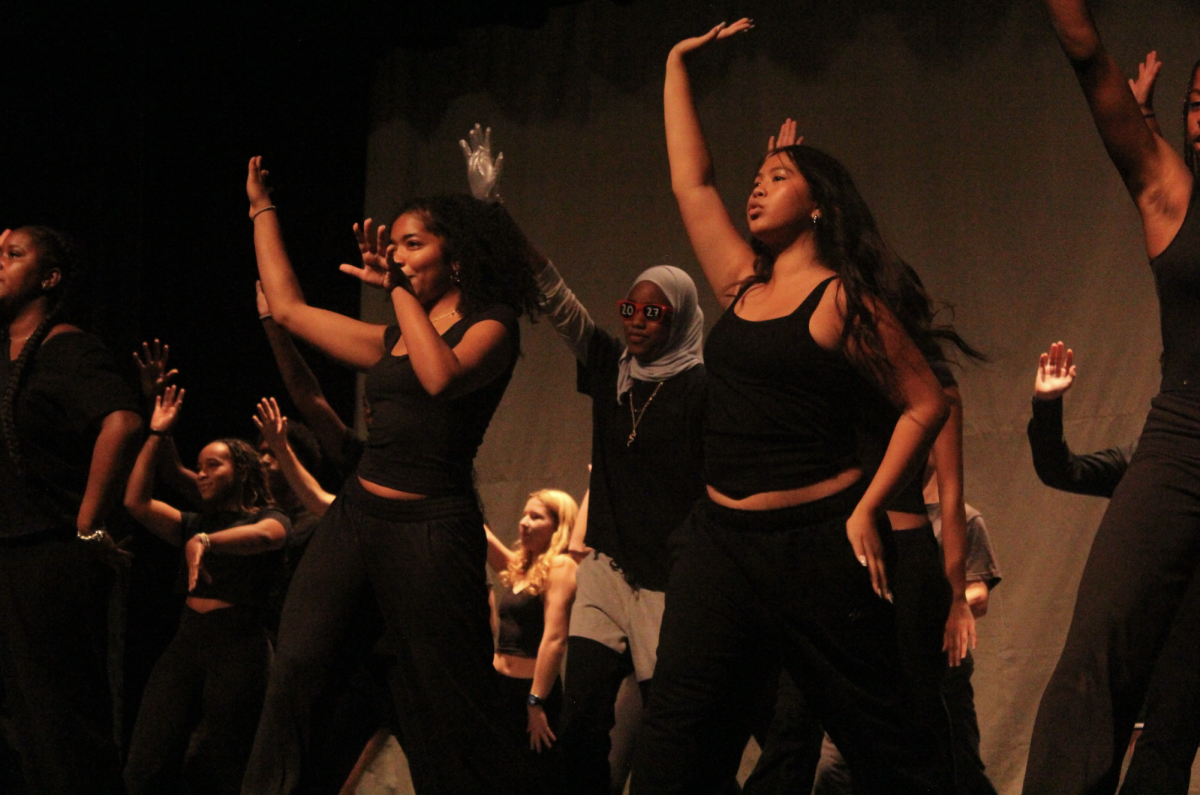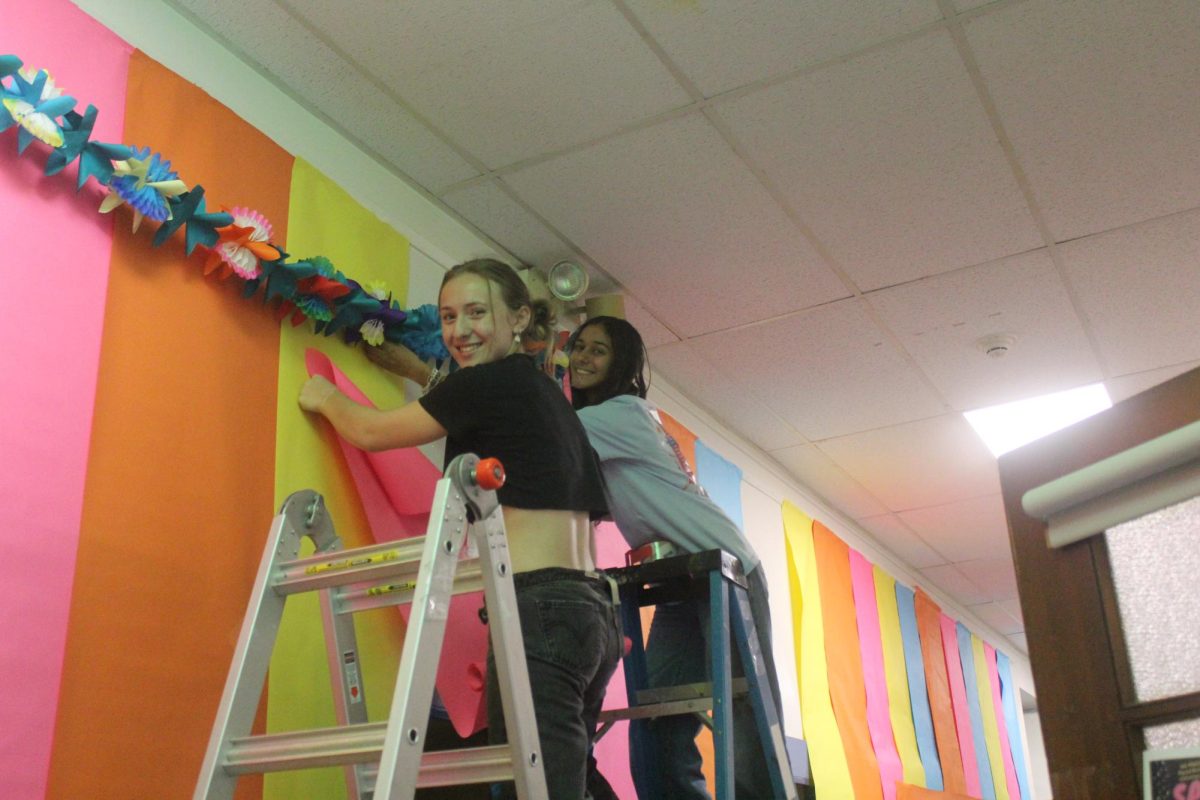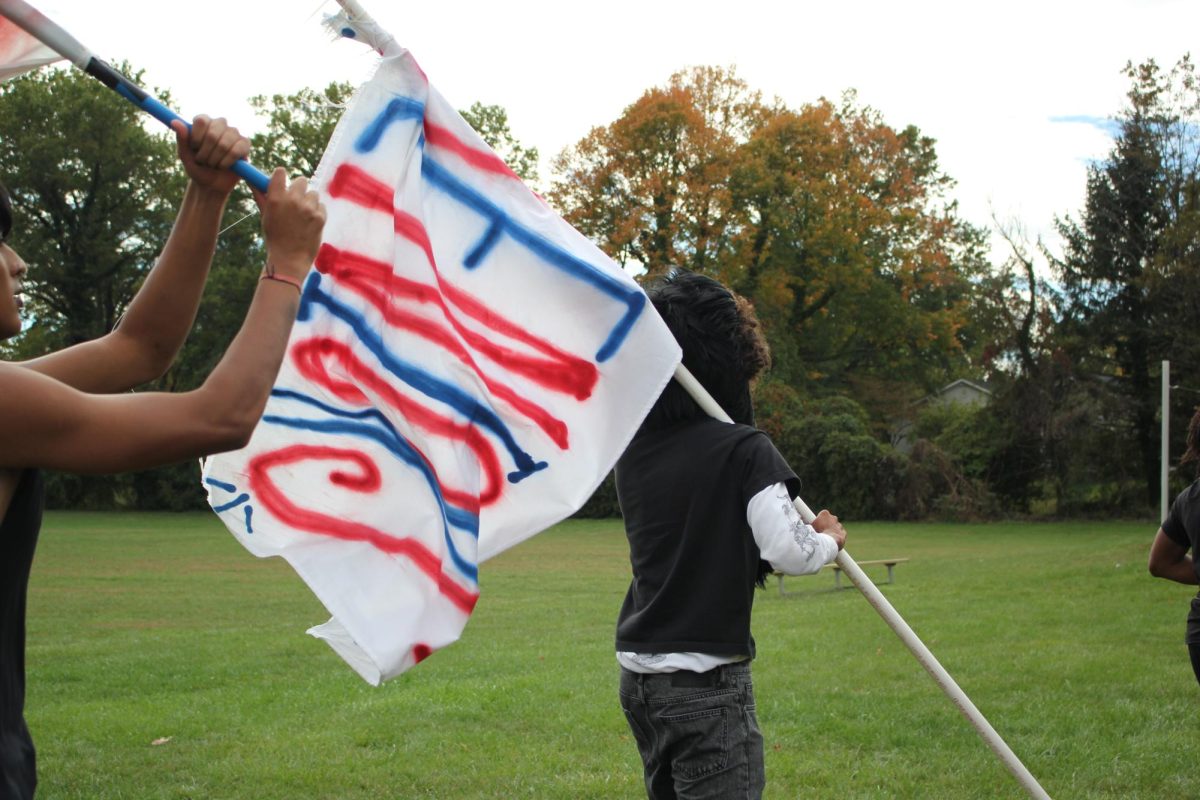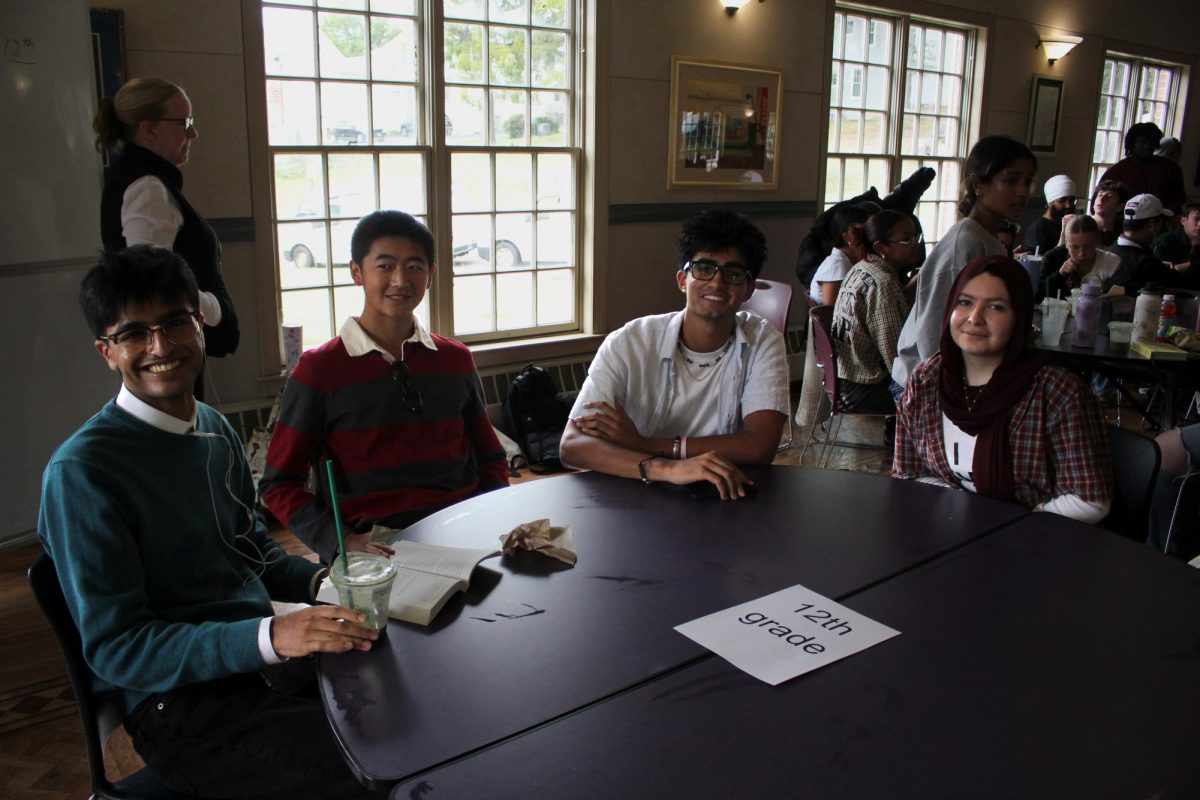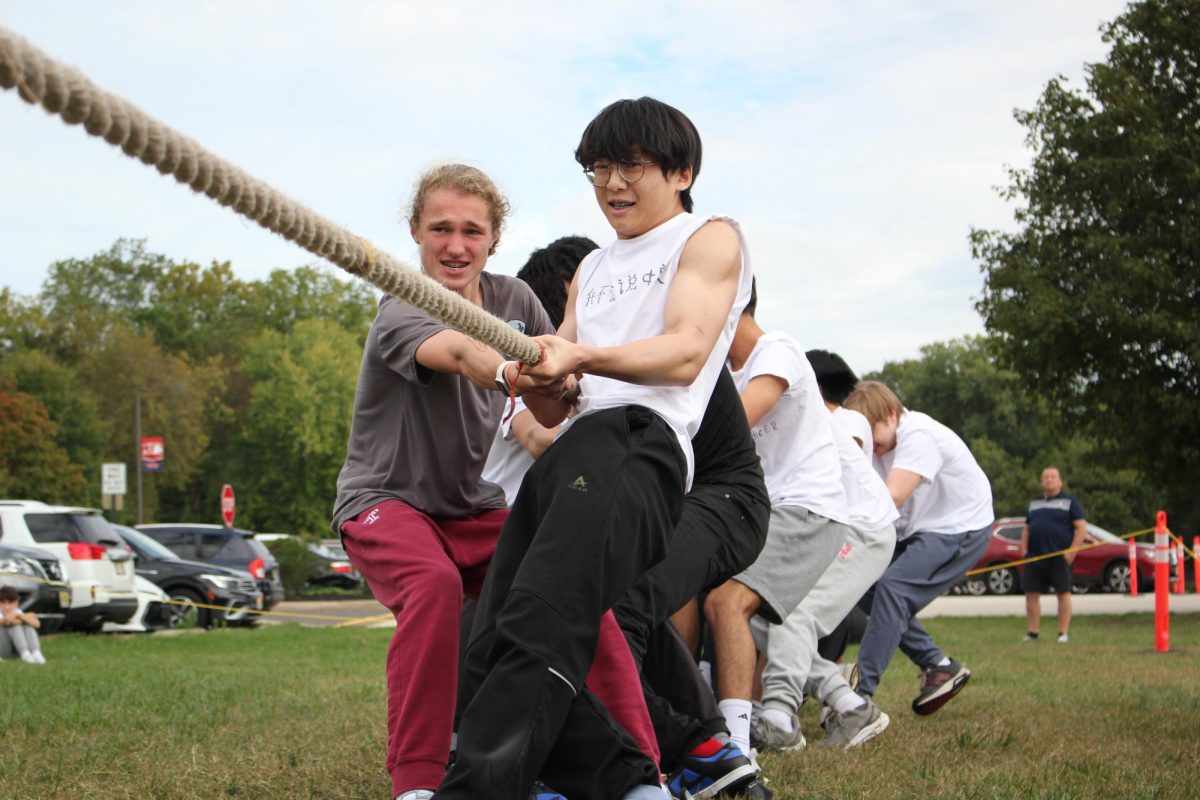As MFS begins moving towards the fourth quarter, teachers will begin to prepare students for final exams. Most students will be taking on more than one exam so they will need to develop a strategy for learning and studying to help them retain what they have learned throughout the year. Finding this strategy will also benefit students as they continue their education in the future. Students can improve their retention of information by trying different styles of learning and determining which one works best for them.
There are several styles of learning; visual, aural, and physical are the three that are most common. These styles make use of a person’s sight, hearing, and sense of touch to help them understand a topic. A person who is partial to visual learning in more inclined to concentrate on using pictures and images to represent the concept they wish to understand. Aural learners try to apply what they are learning to music or sounds. Physical learners create hand movements and symbols or other bodily representations of a lesson. Another style of learning is verbal or linguistic, involving the use of words in both speech and writing to make sense of a subject. Logical or mathematical learning is a method in which a person uses reasoning and comprehension of systems to take in a lesson. In addition to the first five types of learning, a student can fall under two more categories: social or solitary. Social learning takes an interpersonal approach with the person preferring to learn in groups or with others. Solitary learners prefer to use self-study and work by themselves. These styles would give you a general idea of what your strengths are and, you can use this knowledge create a learning plan for yourself to ease your comprehension of different subjects.
Upper school history teacher Clark Thomson makes an effort to provide equal opportunities for all students to succeed in his class: “I try to give a variety of different types of assessments to allow those students who work better collaboratively to have opportunities to show that success, while not denying the person who is uncomfortable [working in groups] an opportunity to work individually.” Thomson’s class caters mostly to those who prefer visual or aural learning. He states that “kinesthetic learning, where it’s actually finding a way for the students to move, [is] probably not one of my strongest areas,” so he uses visual aids like PowerPoint presentations and videos to convey material to students. Thomson admits that he does not have a teaching strategy that would work for every student, but he still sets the goal that he “wants students, when they’re in [the] classroom, to enjoy the whole process of being in the classroom”.
Although everyone is different and not every style will work for everyone, there is one other type of learning that is said to be able to benefit all students: holistic learning. Holistic learning encourages people to look at subject as being part of a system rather than as an individual topic. An E-Book by Scott E. Young titled Holistic Learning, describes the process of holistic learning as “a way of explaining how smart people think.” Contrary to rote memorization, holistic learning involves making connections between informations to develop an underlying understanding that can be more easily recalled. By learning this way, a student will create several neural paths to the same idea and will find multiple ways to understand a lesson, making it easier to absorb information.
Science Chairperson and Upper School Science teacher Barbara Kreider is an advocate of using holistic learning to help students retain information for a longer period of time. “I define holistic learning as learning that is contextualized,” Kreider stated, “I always start my lectures by setting the platform, giving the background material, and leading up to the point.” This gives students multiple opportunities to absorb the information they need to learn. “I teach by providing context and I also test on the context because people will long-term remember material that’s contextualized much better than material that stands alone.” This embodies the goal of holistic learning, which is connecting new lessons to things a student has already learned. Though Kreider said she believes that it works very well in some cases, it hard to apply this strategy to some classes: “I would argue [that] there is some material that’s difficult to approach in [a holistic] manner. Verbal material in general can be contextualized pretty easily both with respect to time and space in their education, but there are certain subjects that are so discreet that would be really challenging to contextualize.”
Cover photo used with permission from openclipart.org



